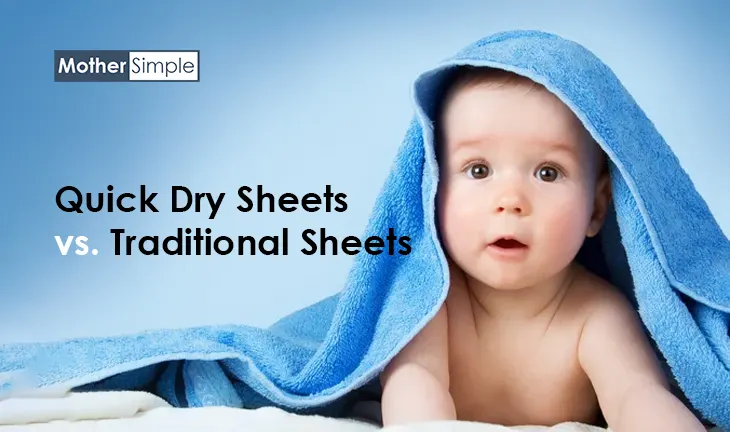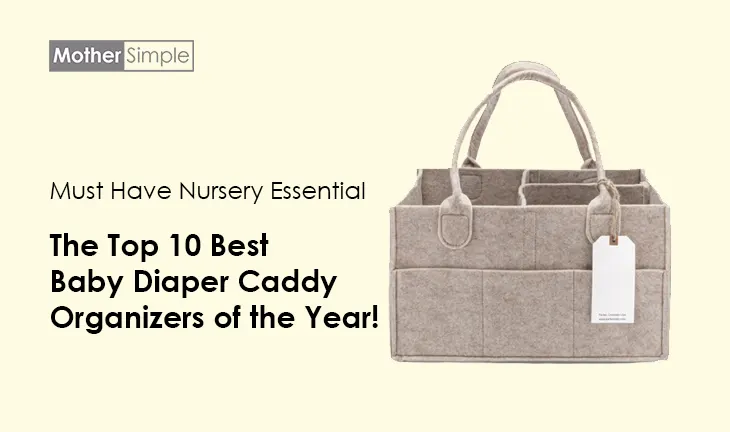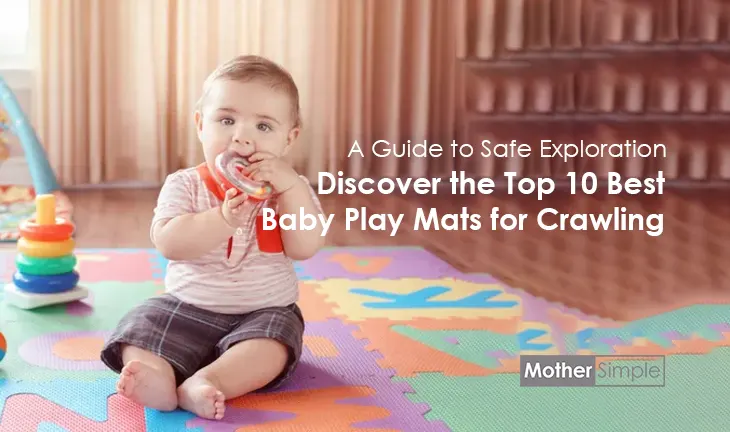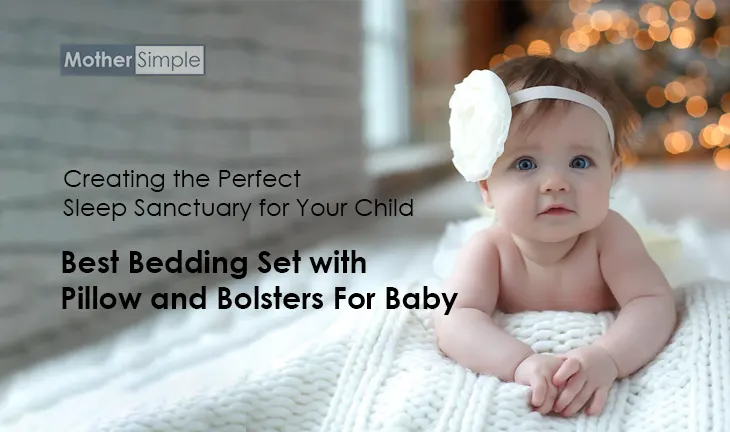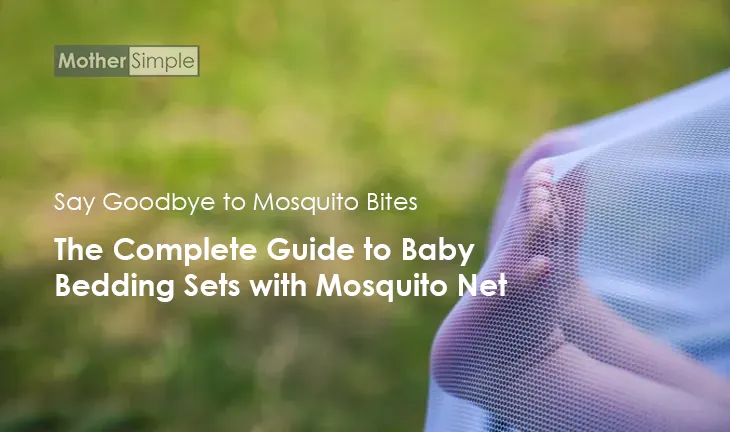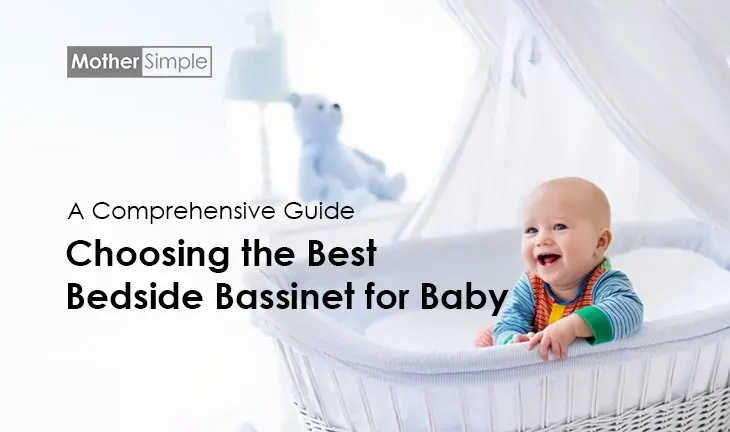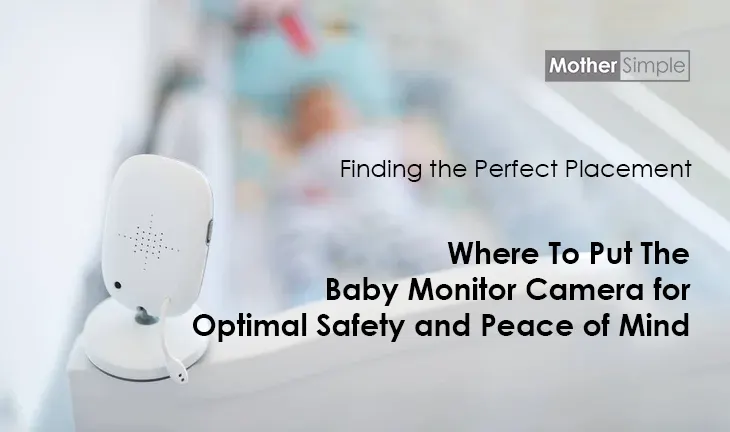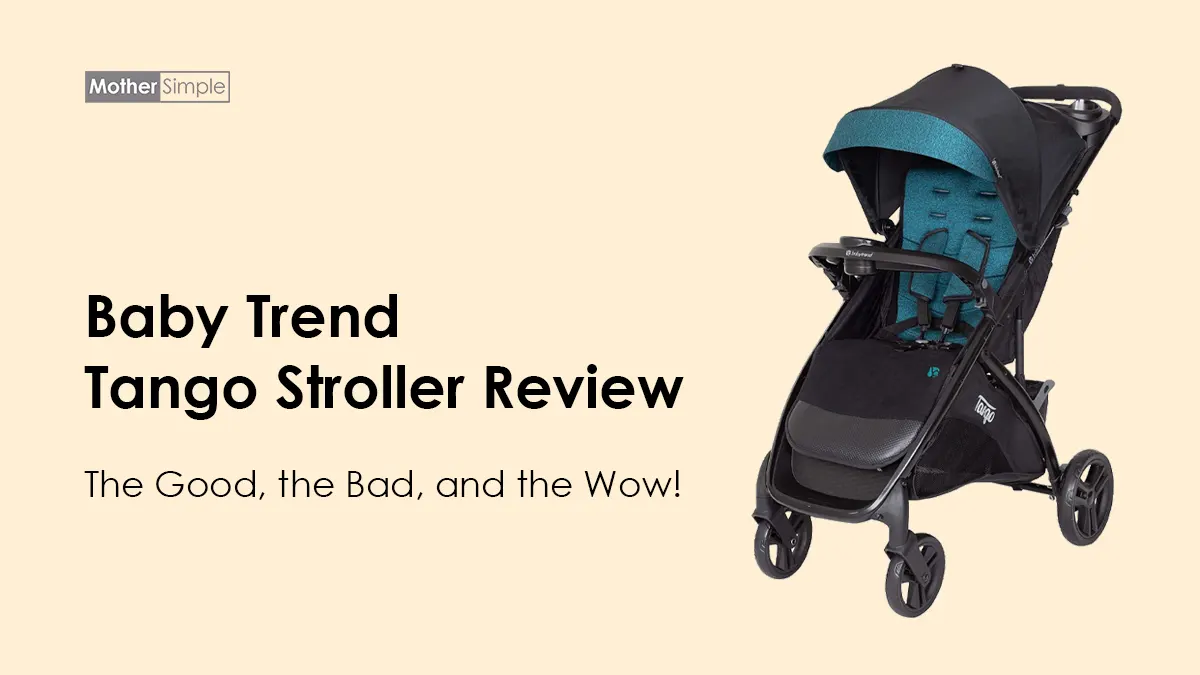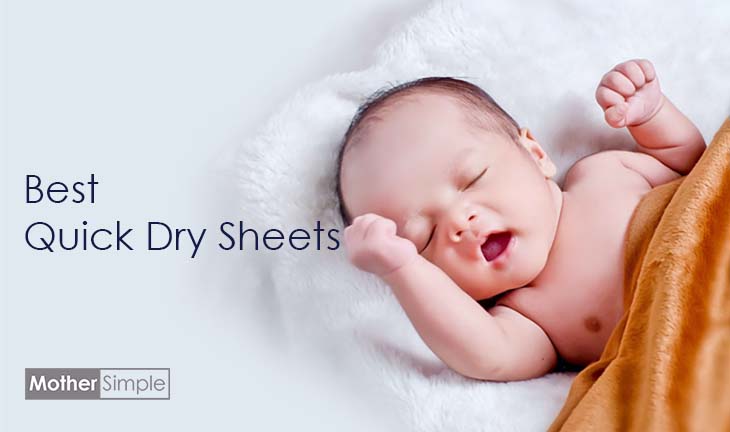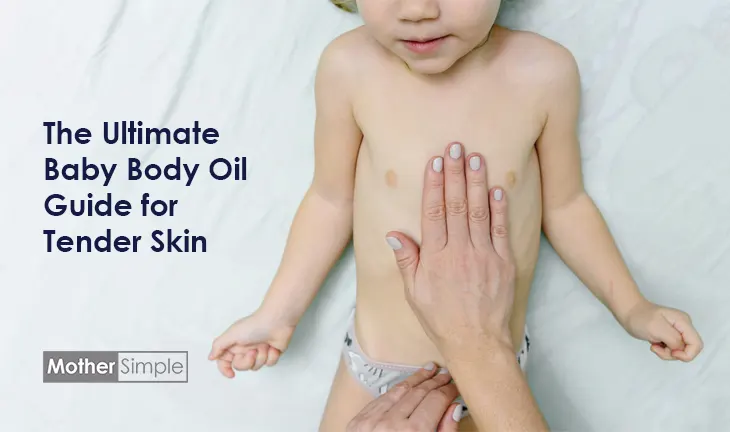When it comes to ensuring a good night’s sleep for your little one, the bedding you choose plays a crucial role.
We all want our babies to be comfortable, snug, and, most importantly, dry throughout the night. That’s where the dilemma arises: quick dry sheets or traditional sheets?
In this blog post, we will delve into the pros and cons of both options to help you determine which is the better choice for your baby’s needs.
Related Article: 10 Best Quick Dry Sheets For your Baby’s Comfortable Sleep
The Battle Begins: Quick Dry Sheets Unveiled
Quick dry sheets are like superheroes in the world of baby bedding. They are designed to whisk away moisture and keep your baby’s delicate skin dry, promoting a peaceful night’s sleep.
Let’s explore why quick dry sheets have become the talk of the town:
- Super Absorbency: Quick dry sheets have a special knack for absorbing liquid faster than you can say “baby bottle.” Their advanced technology ensures that any unexpected leaks or spills are swiftly absorbed, leaving the surface feeling dry to the touch.
- Breathable Wonder: Babies can be little heat generators, and overheating during sleep is a common concern. Quick dry sheets come to the rescue with their exceptional breathability. They allow proper airflow, reducing the risk of discomfort and helping your baby maintain a pleasant temperature.
- Hygienic Heroes: Quick dry sheets excel in the battle against bacteria and odour. With their antimicrobial properties, these sheets create a clean and fresh sleeping environment for your baby night after night.
Traditional Sheets: The Tried and True Classic
Traditional sheets have been the go-to choice for baby bedding for generations. Let’s explore why they still hold their ground in the battle against quick dry sheets:
- Time-Tested Comfort: Traditional sheets offer a familiar softness and cosiness that many parents adore. They provide a classic and timeless feel, creating a sense of warmth and security for your baby.
- Affordability Advantage: Budget-conscious parents often appreciate the cost-effectiveness of traditional sheets. They are widely available and come in various price ranges, allowing you to find options that suit your wallet without compromising on quality.
- Versatility at its Best: Traditional sheets offer endless possibilities for customization. From cute patterns to charming colours, you can easily find traditional sheets that complement your nursery decor and express your style.
Quick Dry Sheets vs. Traditional Sheets: Which is Better for Your Baby?
When it comes to providing the best sleep environment for your precious little one, the choice of bedding plays a vital role.
Among the options available, quick dry sheets and traditional sheets are two popular contenders.
In this article, we will explore the world of quick dry sheets, shedding light on their definition, key features, benefits, and materials, and address any concerns you may have.
So, let’s dive in and discover the wonders of quick dry sheets for your baby’s bedding needs!
Understanding Quick Dry Sheets
Quick dry sheets, also known as moisture-wicking sheets, are specially designed to keep your baby comfortable and dry throughout their slumber.
These innovative sheets offer numerous advantages that make them a favourite among parents. Here’s what you need to know:
Definition: Quick dry sheets are crafted using advanced fabric technology that rapidly absorbs moisture, keeping the sleeping surface dry and cosy for your little one.
Key Features and Benefits:
- Superb Absorbency: Quick dry sheets excel in swiftly soaking up any liquid, preventing discomfort caused by wetness.
- Moisture Control: By effectively managing moisture, these sheets help regulate your baby’s body temperature and reduce the risk of overheating.
- Breathability: Quick dry sheets promote airflow, allowing for improved ventilation and a more comfortable sleep environment.
- Hygienic Properties: These sheets possess antimicrobial qualities, inhibiting the growth of odour-causing bacteria and ensuring a clean and fresh sleeping surface.
Materials Used: Quick dry sheets are typically made from high-quality fabrics such as microfiber, polyester, or a blend of synthetic fibres. These materials are chosen for their excellent absorbency, breathability, and durability.
Addressing Concerns: You might be wondering if quick dry sheets are safe and suitable for your baby. Rest assured, these sheets are rigorously tested and manufactured with your baby’s well-being in mind.
They are designed to be hypoallergenic, gentle on delicate skin, and free from harmful substances such as toxins or irritants.
Quick dry sheets undergo strict quality control measures to ensure they meet the highest safety standards.
Now that we’ve established a solid understanding of quick dry sheets, let’s move on to explore their traditional counterpart, traditional sheets.
Exploring Traditional Sheets
While quick dry sheets offer impressive features, it’s important to consider the alternative option of traditional sheets.
Traditional sheets have been a staple in nurseries for years, providing a cosy and familiar sleeping experience for babies.
Let’s delve into their world and discover what they have to offer:
Definition: Traditional sheets refer to the classic bedding option made from various materials such as cotton, flannel, or linen. These sheets are known for their softness, breathability, and versatility.
Features and Benefits:
- Timeless Comfort: Traditional sheets offer a familiar and gentle touch that many parents and babies find comforting. The softness and natural feel of cotton or flannel can create a soothing environment for your little one.
- cosy Warmth: In colder climates or during chilly nights, traditional sheets provide a cosy layer of warmth, ensuring your baby stays snug and comfortable.
- Customization Options: Traditional sheets come in a wide array of patterns, colours, and designs, allowing you to personalize your baby’s crib and reflect your unique style.
Materials Used: Traditional sheets are commonly crafted from natural fibres such as cotton, known for their softness and breathability, or flannel, which provides extra warmth.
Linen is another popular option due to its durability and ability to regulate temperature.
Addressing Concerns: You might wonder if traditional sheets are as effective in managing moisture as quick dry sheets.
While they may not possess the same moisture-wicking properties, traditional sheets can still absorb some moisture and provide a comfortable sleep experience.
Regularly changing and laundering the sheets can help maintain a clean and dry sleeping surface for your baby.
Now that we have explored both quick dry sheets and traditional sheets, it’s time to compare their features and determine which option may be better suited for your baby’s needs.
Comparing Quick Dry Sheets and Traditional Sheets
Now that we have explored the world of quick dry sheets and traditional sheets individually, it’s time to compare these two options and determine which one is better suited for your baby’s bedding needs. Let’s weigh the pros and cons:
1. Comfort and Softness:
- Quick Dry Sheets: These sheets offer a soft and comfortable sleeping surface, ensuring a cosy experience for your baby.
- Traditional Sheets: Known for their timeless comfort, traditional sheets provide a familiar and gentle touch that many babies find soothing.
2. Moisture Control and Absorbency:
- Quick Dry Sheets: With their moisture-wicking properties, these sheets excel in absorbing liquid quickly, keeping your baby dry and comfortable throughout the night.
- Traditional Sheets: While not specifically designed for moisture control, traditional sheets can still absorb some moisture, providing a comfortable sleep environment. Regular sheet changes can help maintain dryness.
3. Breathability and Airflow:
- Quick Dry Sheets: Designed with breathability in mind, quick dry sheets promote airflow, reducing the risk of overheating and ensuring a comfortable sleep temperature.
- Traditional Sheets: The natural fibres used in traditional sheets, such as cotton or linen, offer inherent breathability, allowing for adequate airflow and temperature regulation.
4. Hygiene and Maintenance:
- Quick Dry Sheets: Quick dry sheets often come with antimicrobial properties, inhibiting the growth of bacteria and odour-causing agents. They are generally easy to clean and maintain.
- Traditional Sheets: Regular washing and proper care can keep traditional sheets clean and hygienic. However, they may require more frequent washing compared to quick dry sheets.
Considering these factors, it’s essential to evaluate your baby’s specific needs and preferences. Factors to consider include:
- Baby’s Sensitivity and Allergies: If your baby has sensitive skin or allergies, quick dry sheets with their hypoallergenic properties may be a suitable choice.
- Climate and Environment: Quick dry sheets’ moisture-wicking and breathability features make them ideal for warmer climates, while traditional sheets can provide warmth in colder regions.
- Budget and Personal Preference: Quick dry sheets often come at a higher price point initially, but their durability and hygienic benefits may offer long-term cost savings. Traditional sheets, on the other hand, provide affordability upfront.
In the end, there is no one-size-fits-all answer. Consider your baby’s comfort, your climate, and your budget when making the final decision.
Addressing Concerns and Providing Reassurance
As you consider the option of quick dry sheets for your baby’s bedding, it’s natural to have questions and concerns. Let’s address some common concerns and provide reassurance:
- Chemicals and Safety: Quick dry sheets are designed with your baby’s safety in mind. Reputable brands ensure that their sheets are free from harmful chemicals and toxins, making them safe for your little one.
- Skin Sensitivity: Quick dry sheets are often hypoallergenic, meaning they are less likely to cause irritation or allergic reactions. However, every baby is unique, and it’s essential to observe your baby’s skin for any signs of sensitivity.
- Effectiveness of Moisture Control: Quick dry sheets are specifically engineered to absorb moisture and keep your baby dry. They are designed to handle common leaks and spills effectively, providing a comfortable sleeping surface.
- Comfort and Softness: Quick dry sheets are crafted to be soft and comfortable for your baby. They undergo rigorous testing to ensure their texture is gentle on delicate skin, providing a cosy and soothing sleep experience.
- Durability and Longevity: Quick dry sheets are built to withstand frequent use and washing. High-quality materials and construction contribute to their durability, allowing them to serve your baby’s bedding needs for an extended period.
When selecting quick dry sheets, it’s important to choose reputable brands and read customer reviews to gain insights into the experiences of other parents.
Additionally, follow the manufacturer’s care instructions to maintain the sheets’ performance and longevity.
Remember, every baby is different, and what works for one may not work for another. It’s always wise to observe your baby’s comfort and adjust accordingly.
Conclusion: Choosing the Best Bedding Option for Your Baby
As we conclude our exploration of quick dry sheets and traditional sheets, it’s clear that both options have their unique advantages.
To make the best decision for your baby’s bedding, consider their comfort, your climate, and your personal preferences. Here’s a summary of the key points discussed:
- Quick Dry Sheets: These sheets offer excellent moisture control, breathability, and hygienic properties. They are designed to keep your baby dry and comfortable throughout the night, making them an ideal choice for warmer climates and babies with sensitive skin or allergies.
- Traditional Sheets: Known for their timeless comfort and versatility, traditional sheets provide a cosy and familiar sleeping experience. They offer softness, breathability, and customization options, making them suitable for various climates and personal preferences.
Remember, there is no right or wrong choice when it comes to selecting bedding for your baby. It ultimately depends on what works best for your little one and your family’s needs.
Here are a few additional tips to consider:
- Quality Matters: Opt for reputable brands that prioritize safety and quality. Read reviews and seek recommendations from other parents to ensure you’re selecting a reliable product.
- Maintenance and Care: Follow the manufacturer’s instructions for cleaning and maintaining the sheets. Regularly changing and washing the bedding will help keep it clean, fresh, and hygienic.
- Observe Your Baby: Pay attention to how your baby reacts to the chosen bedding. Watch for signs of comfort or discomfort, such as improved sleep or restlessness. Adjust as necessary to ensure their well-being.
By making an informed decision based on your baby’s needs and preferences, you can create a comfortable and nurturing sleep environment for your little one.
Thank you for joining us on this journey of exploring quick dry sheets and traditional sheets for your baby’s bedding. We hope this guide has provided valuable insights and helped you make an informed choice.
FAQ – Frequently Asked Questions About Quick Dry Sheets and Traditional Sheets
1. Are quick dry sheets safe for my baby’s skin?
- Yes, reputable quick dry sheet brands prioritize safety and ensure that their sheets are free from harmful chemicals and toxins, making them safe for your baby’s delicate skin.
2. Can quick dry sheets handle nighttime leaks and spills?
- Absolutely! Quick dry sheets are designed with moisture-wicking properties, allowing them to effectively absorb liquid and keep your baby dry and comfortable throughout the night.
3. Do traditional sheets offer sufficient breathability for my baby?
- Yes, traditional sheets made from natural fibres like cotton or linen are known for their breathability. They allow for adequate airflow, promoting a comfortable sleep temperature for your little one.
4. Are quick dry sheets suitable for babies with sensitive skin or allergies?
- Yes, many quick dry sheets are hypoallergenic, meaning they are less likely to cause irritation or allergic reactions. However, it’s important to observe your baby’s skin for any signs of sensitivity.
5. How often should I change quick dry sheets?
- It’s recommended to change quick dry sheets regularly, just like traditional sheets. Depending on your baby’s needs and any incidents that may occur, aim for a routine of changing sheets every few days or as necessary.
6. Do traditional sheets offer customization options?
- Yes, traditional sheets come in a wide array of patterns, colours, and designs, allowing you to personalize your baby’s crib and reflect your unique style.
7. Can I use quick dry sheets in colder climates?
- While quick dry sheets are designed with moisture control and breathability in mind, they may not provide the same level of warmth as traditional sheets. In colder climates, you may consider layering with additional blankets or opting for traditional sheets.
8. Are quick dry sheets more expensive than traditional sheets?
- Quick dry sheets may come at a higher price point initially, but their durability and hygienic benefits may offer long-term cost savings. Traditional sheets, on the other hand, provide affordability upfront.
9. How do I properly care for quick dry sheets?
- Follow the manufacturer’s care instructions for cleaning and maintaining quick dry sheets. Most can be machine-washed using a gentle cycle and mild detergent. Avoid using bleach or harsh chemicals that can compromise their performance.
10. Can I use quick dry sheets for toddlers or older children?
- Quick dry sheets are not limited to babies only. They can be used for toddlers and older children who may still experience occasional nighttime accidents or prefer the moisture-wicking and quick-drying properties of these sheets.
Remember, if you have any specific concerns or questions about quick dry sheets or traditional sheets, it’s always a good idea to consult with your paediatrician or trusted healthcare professional for personalized advice.

